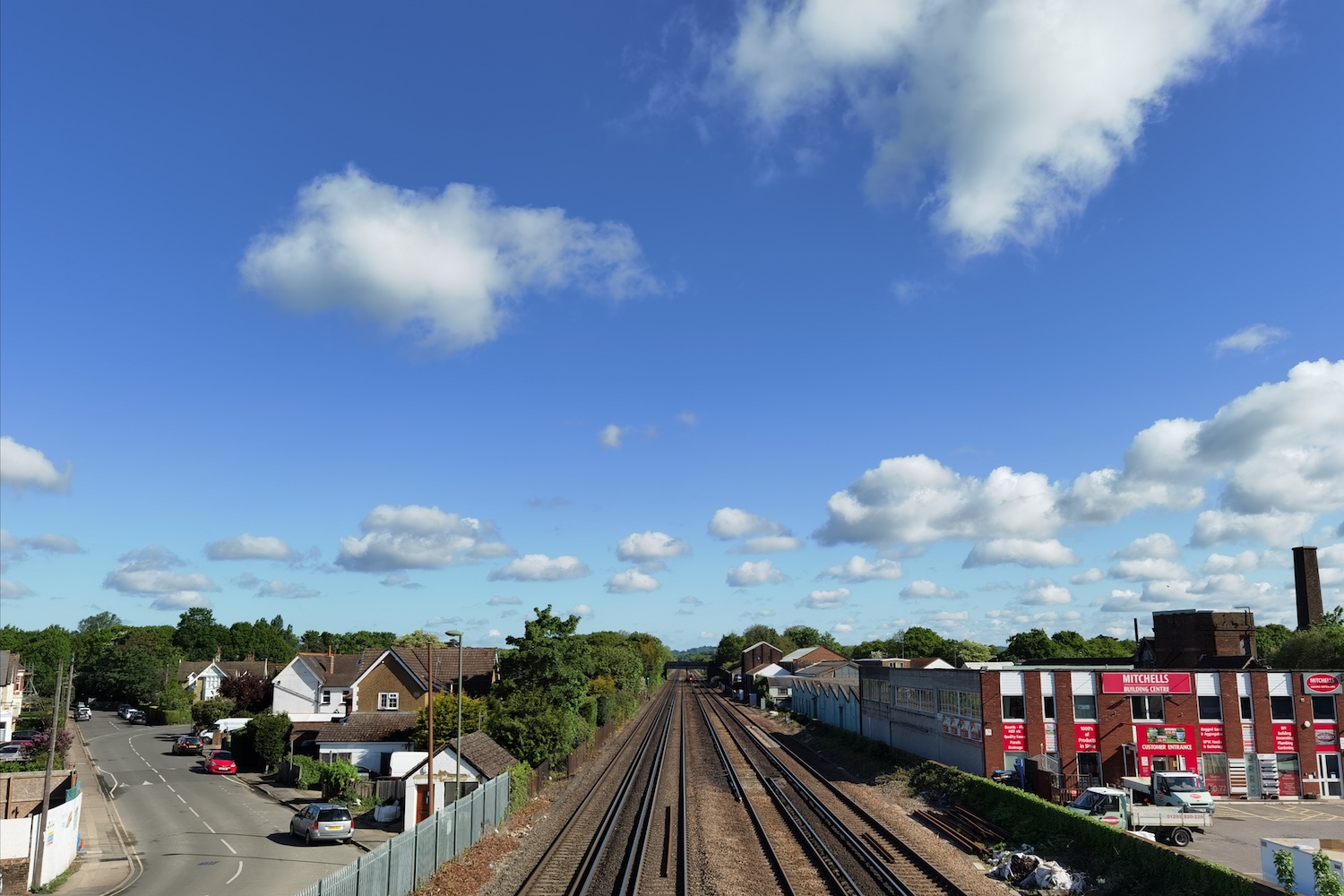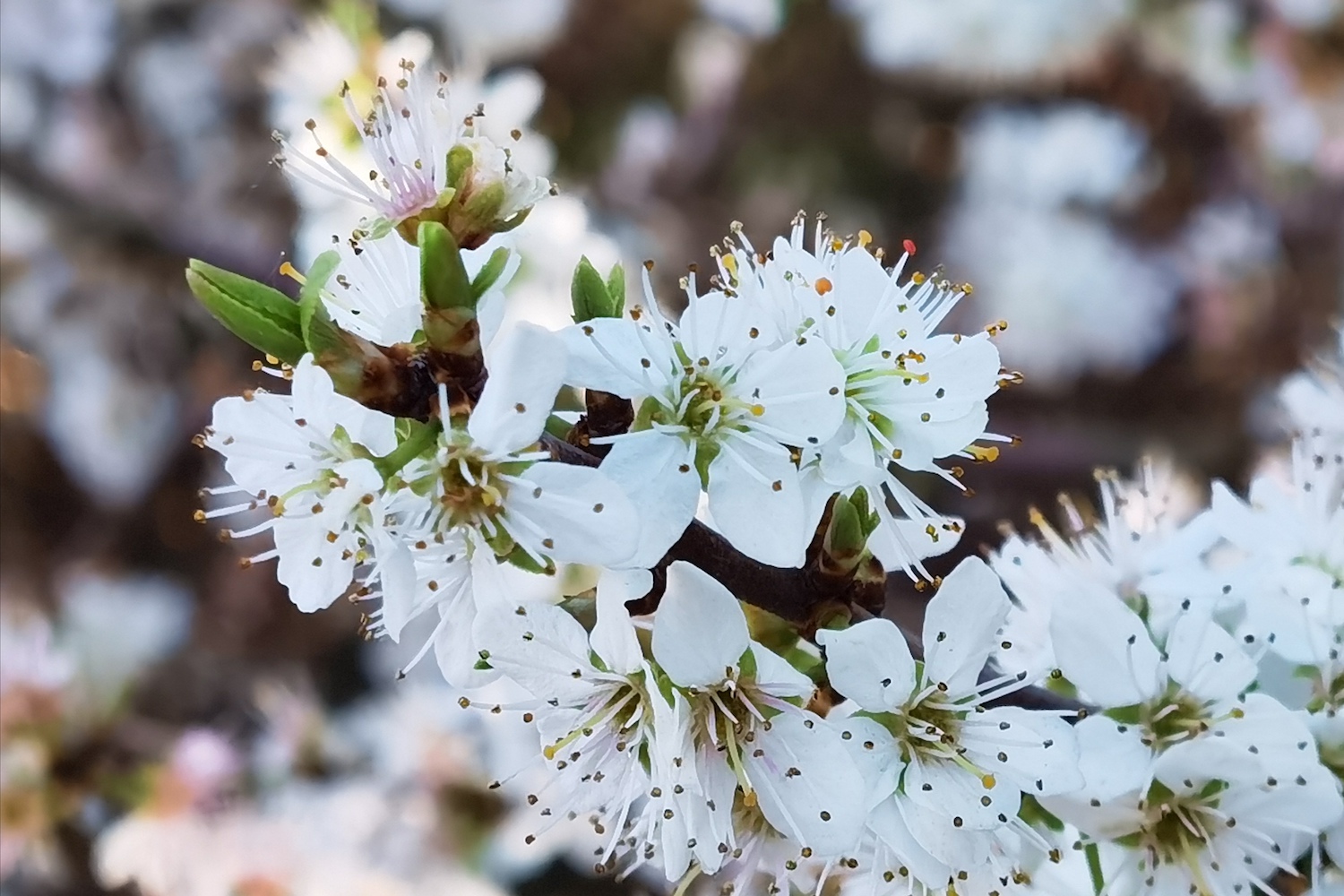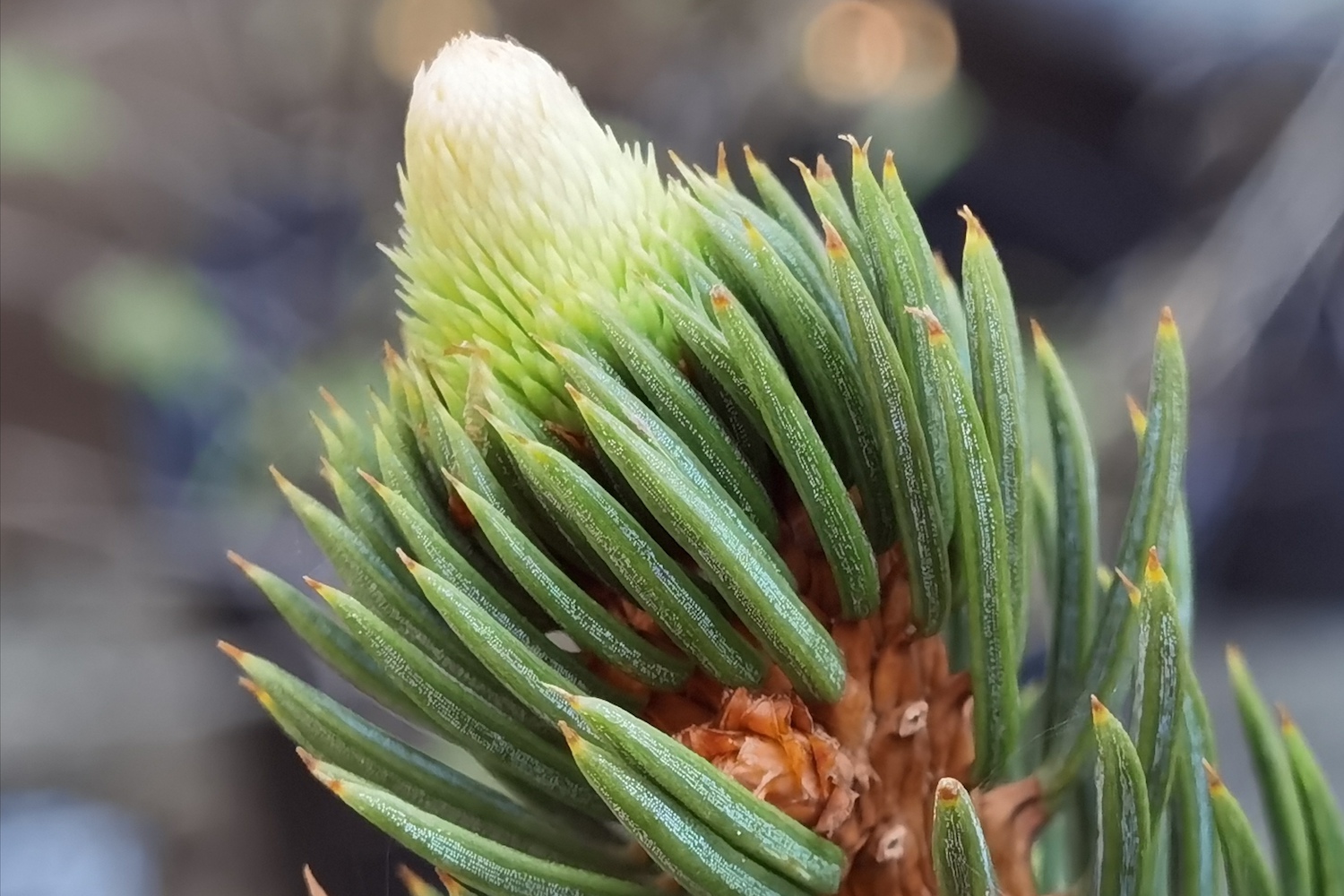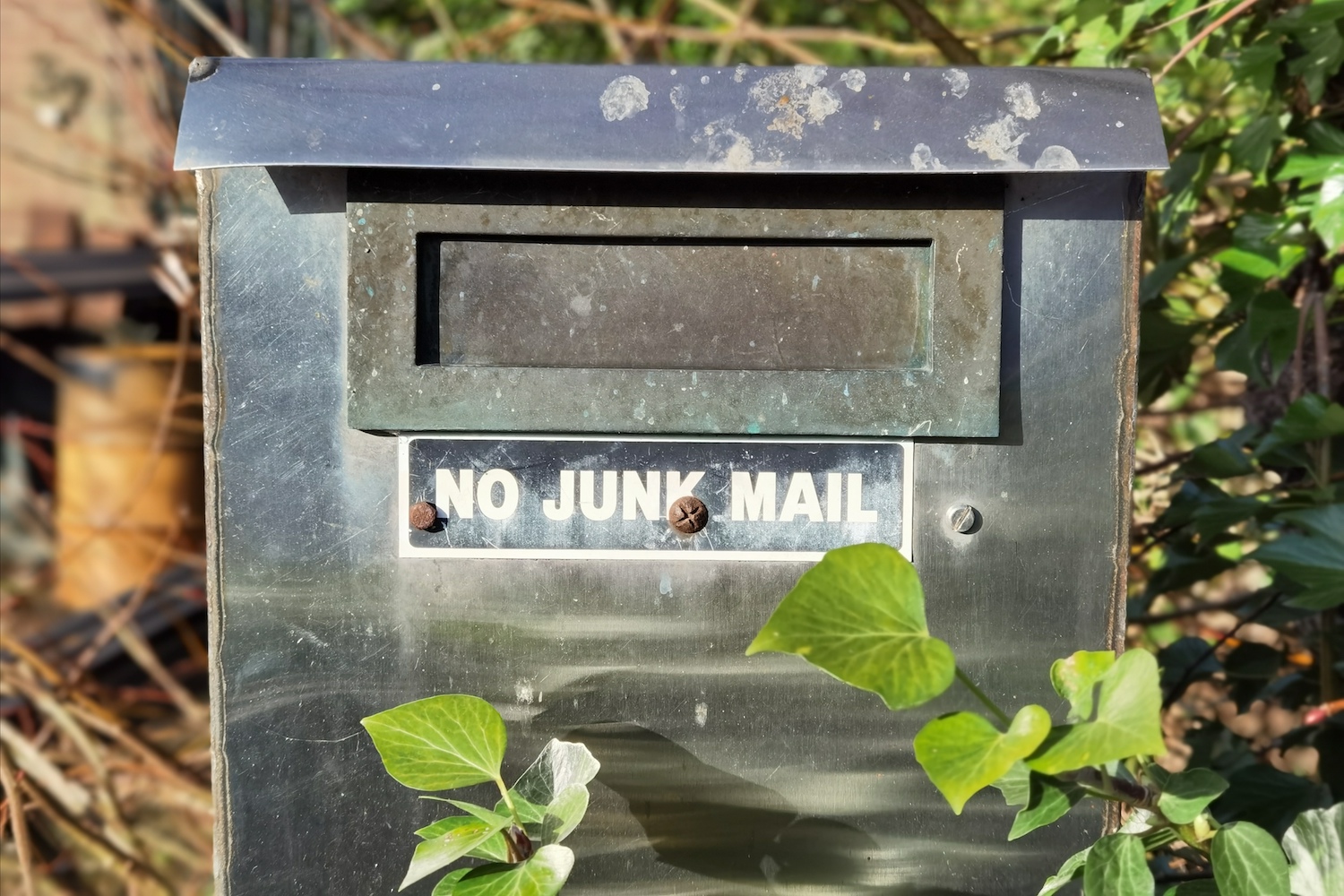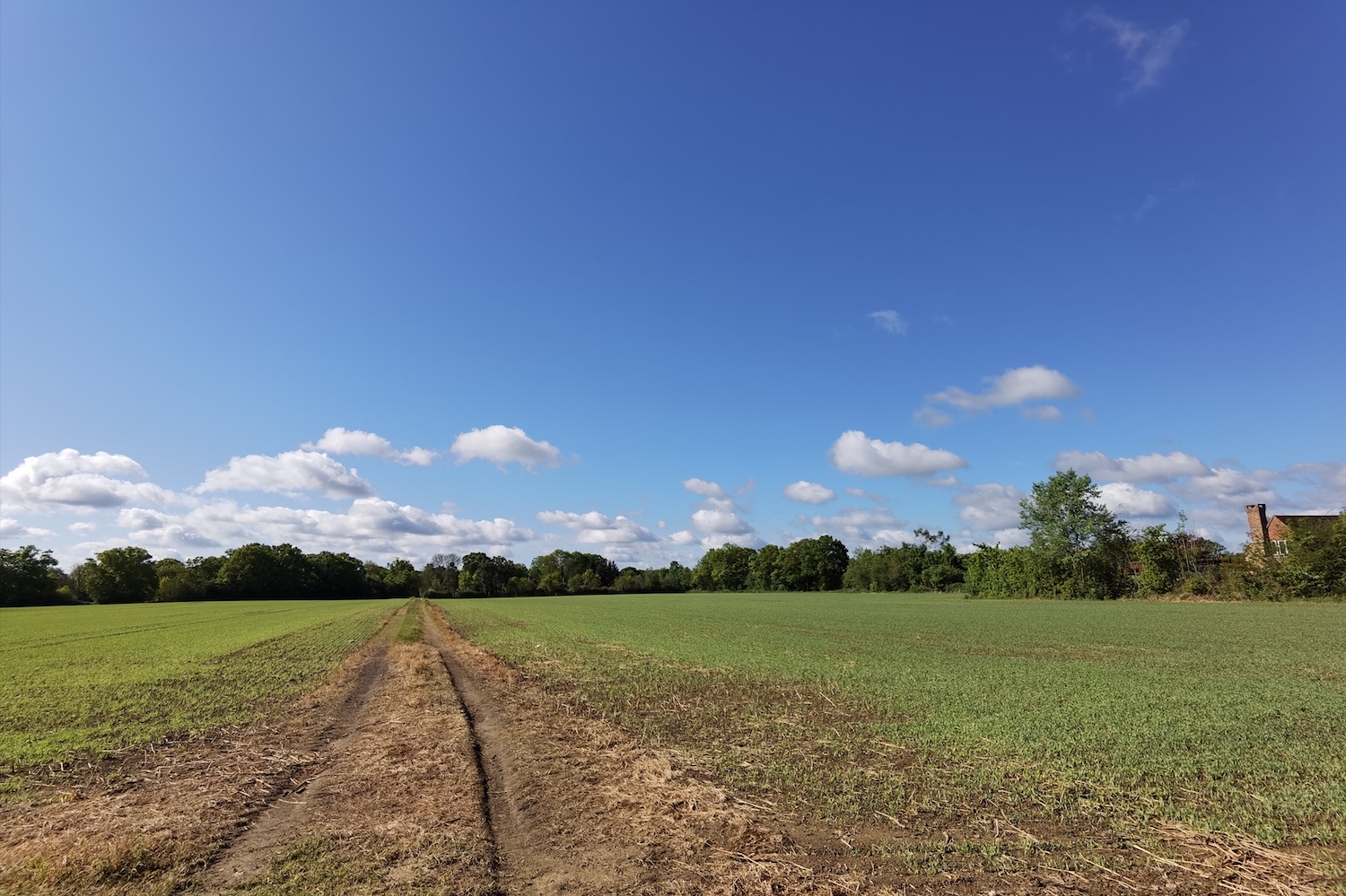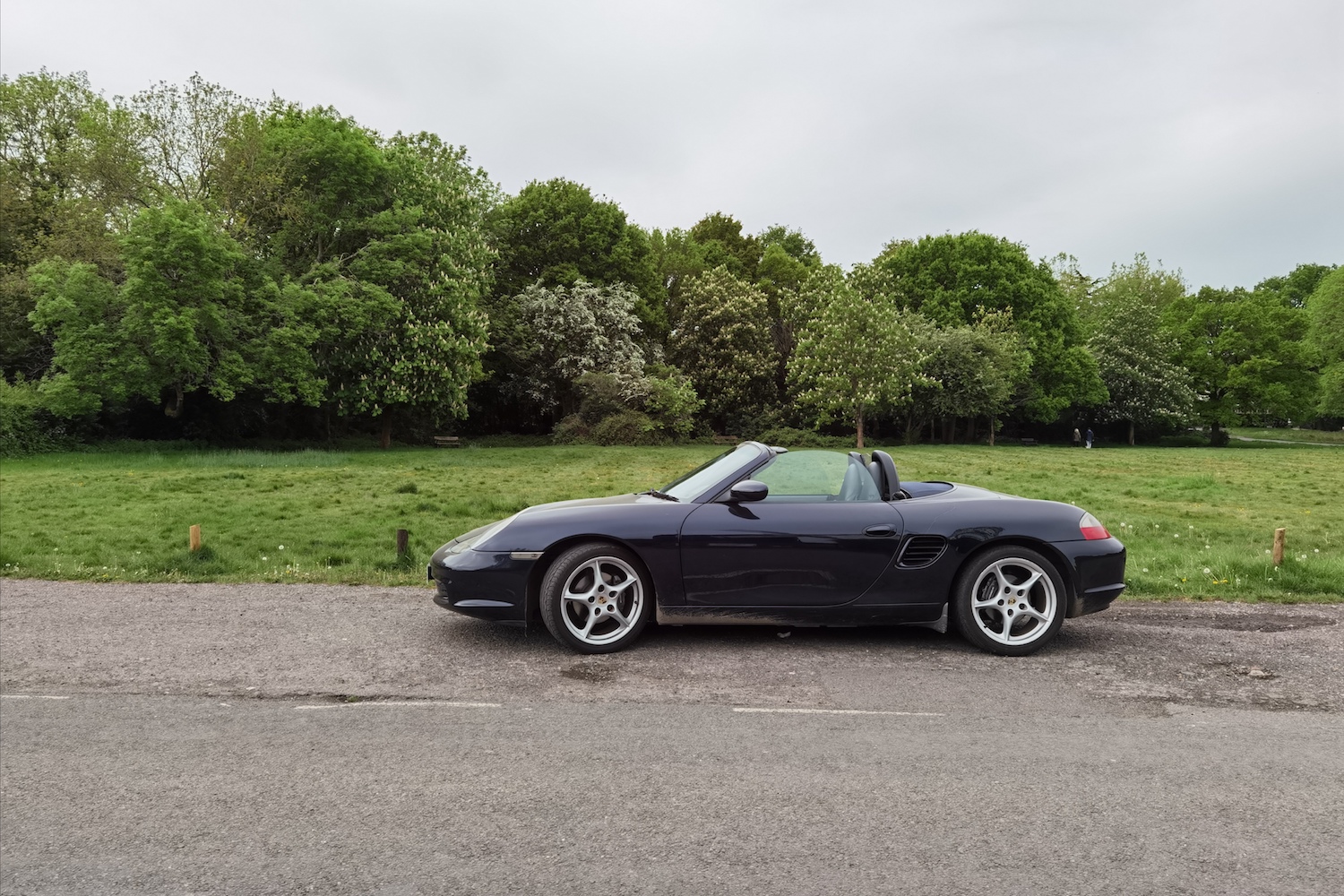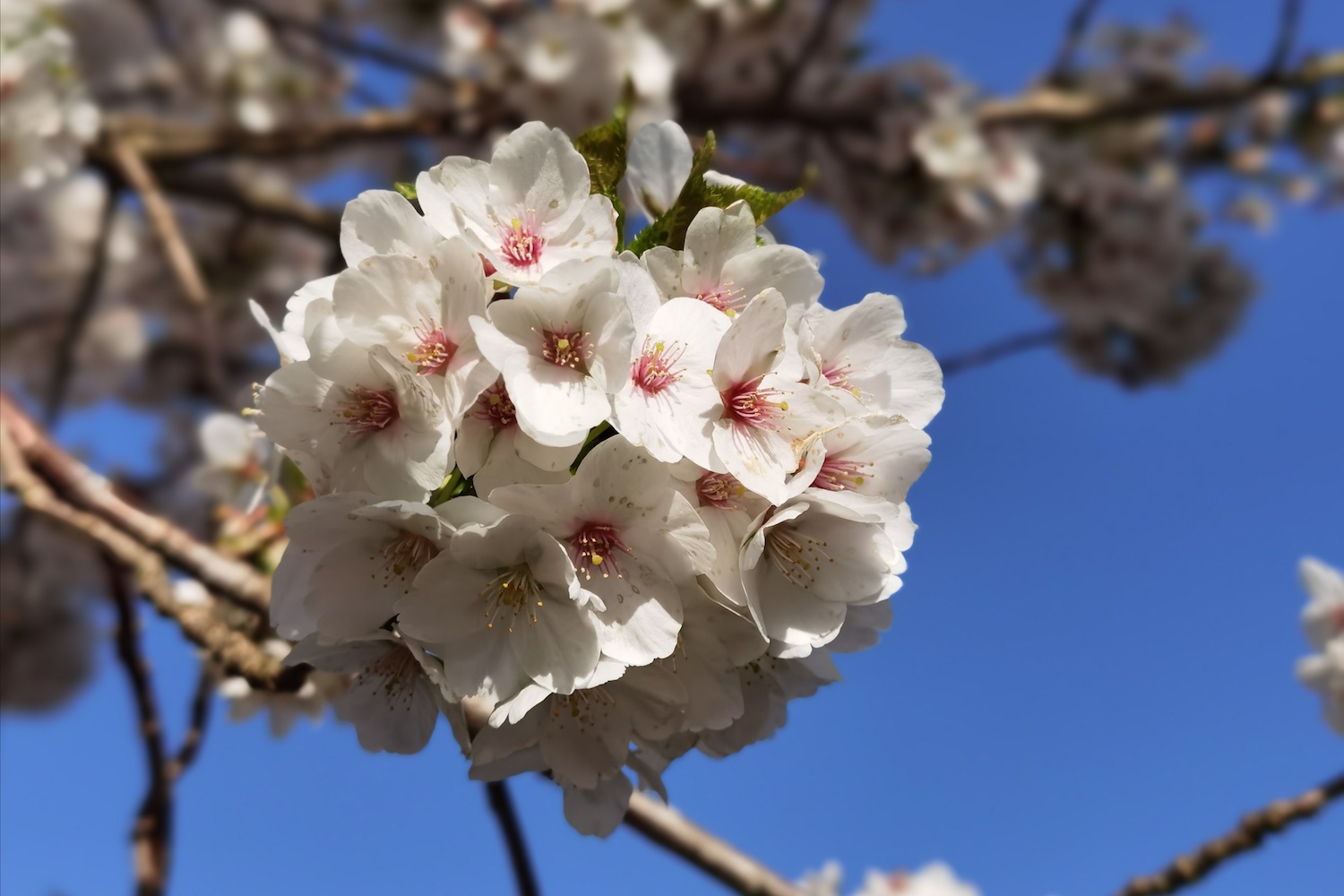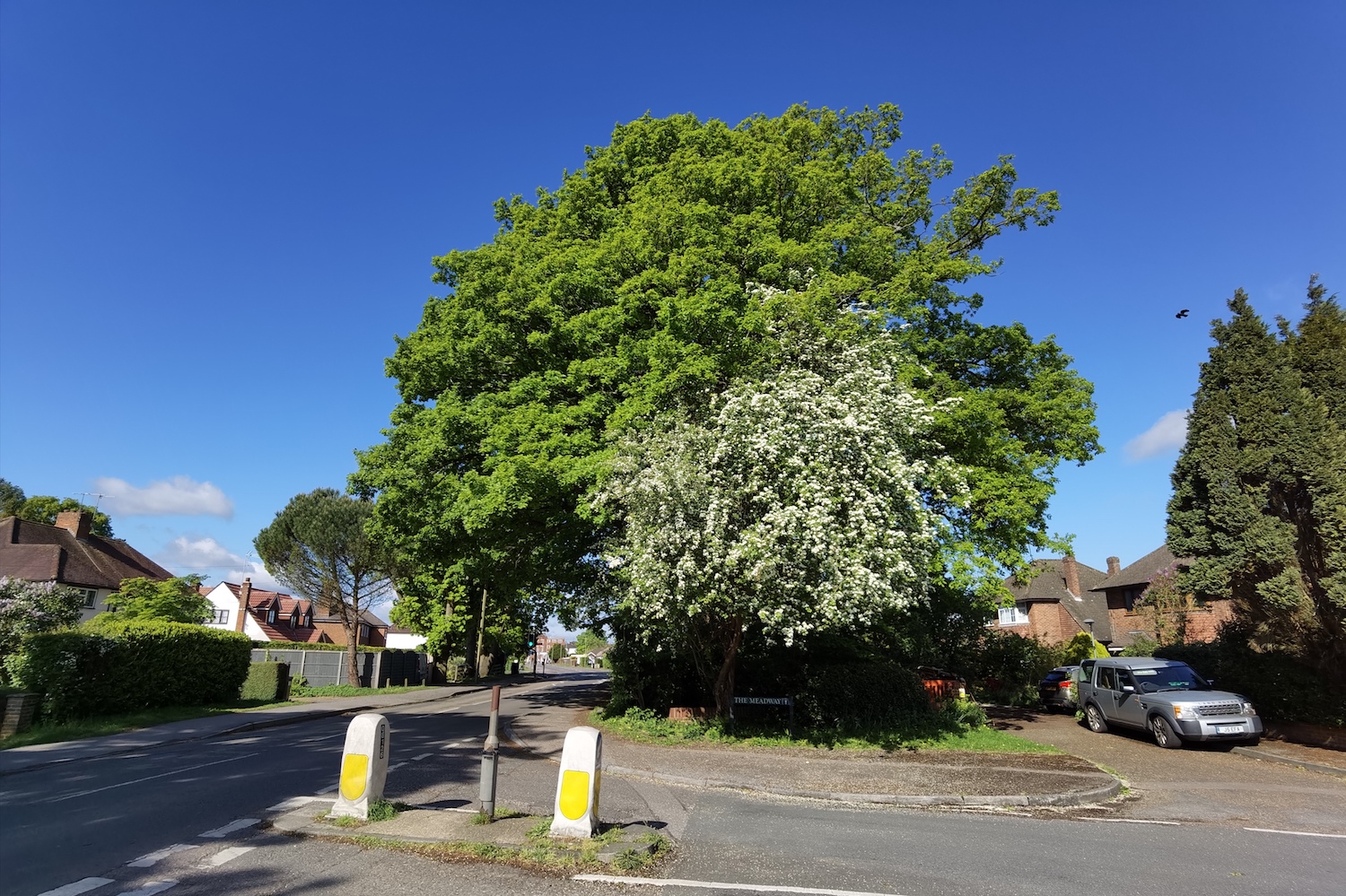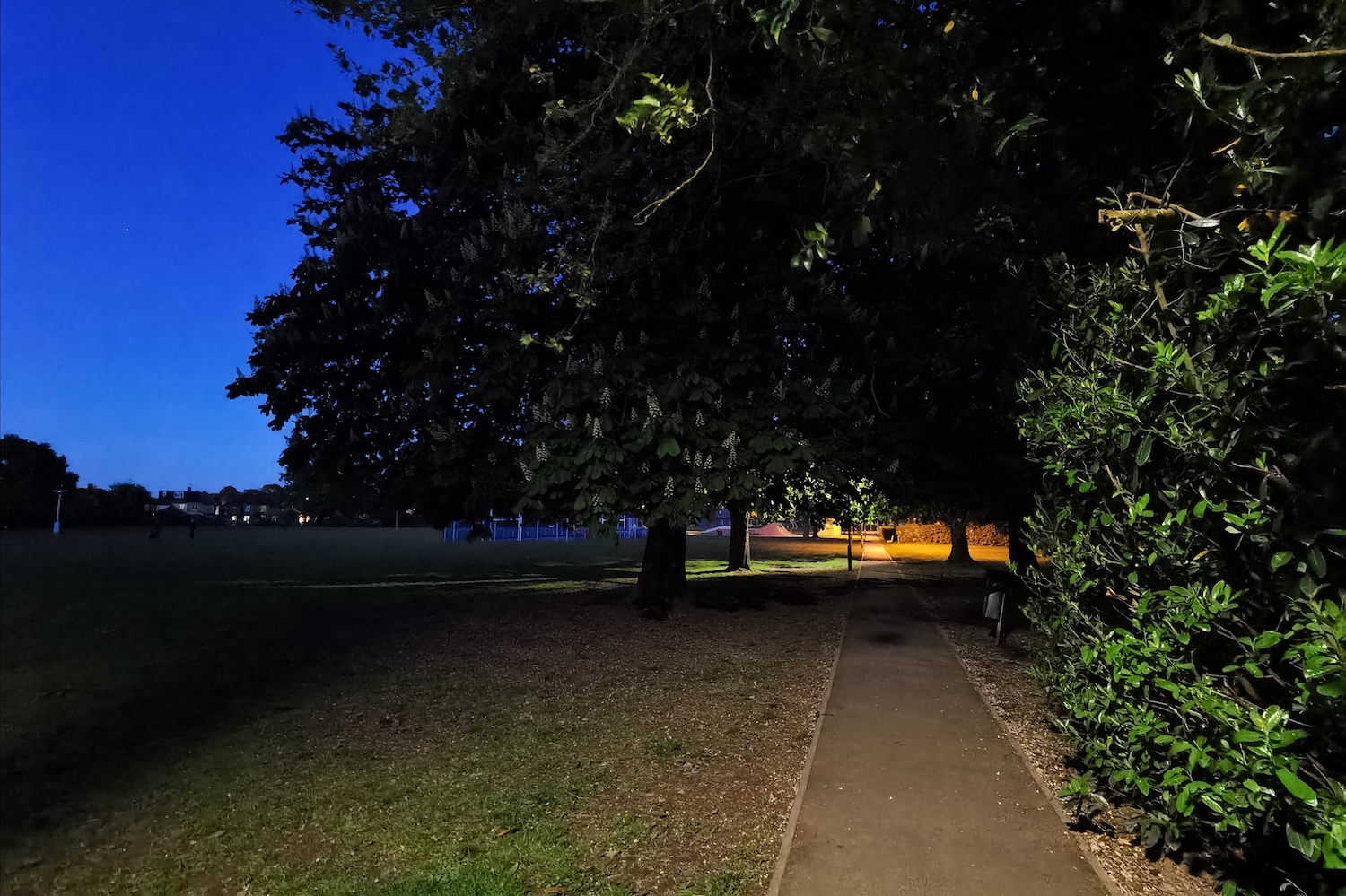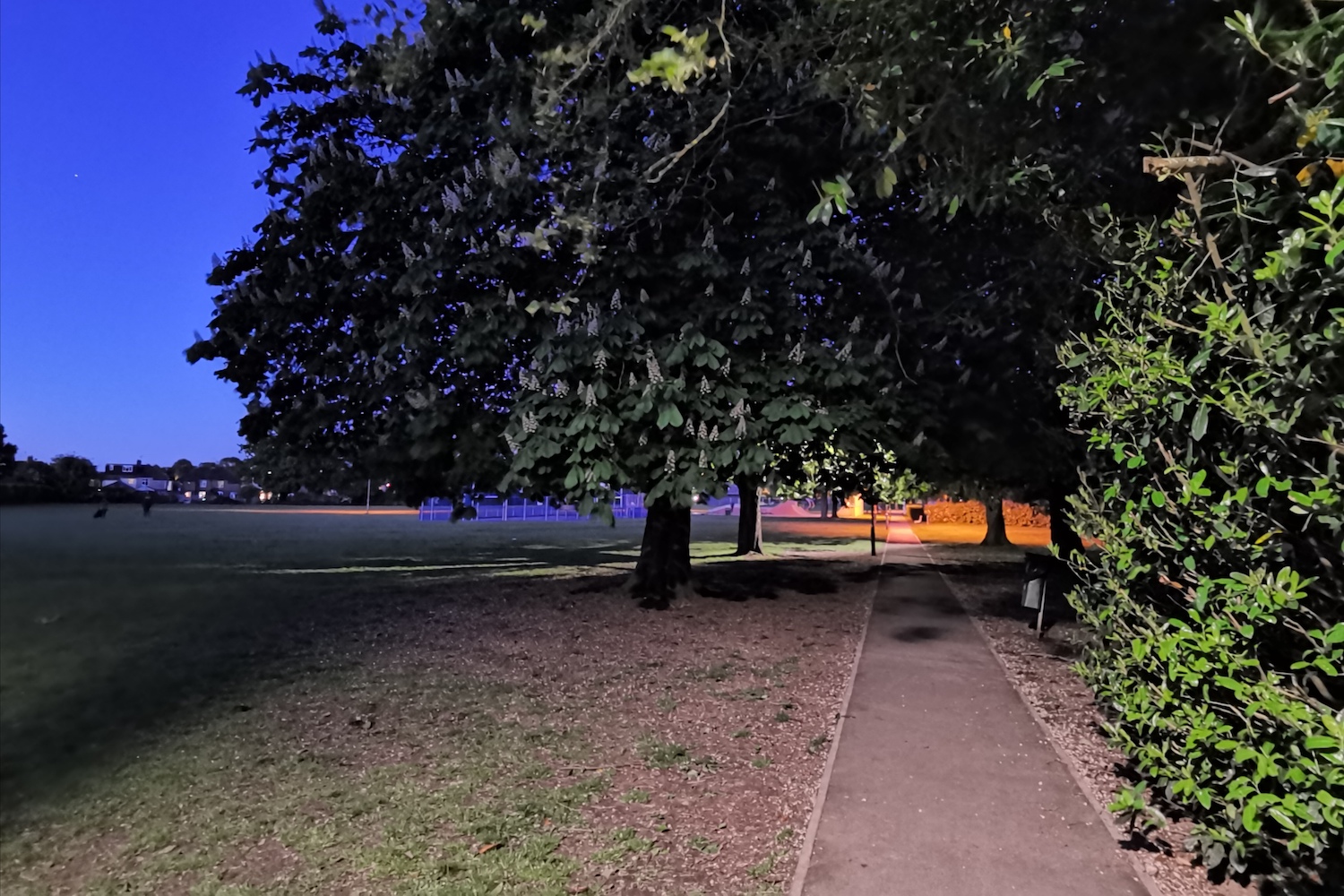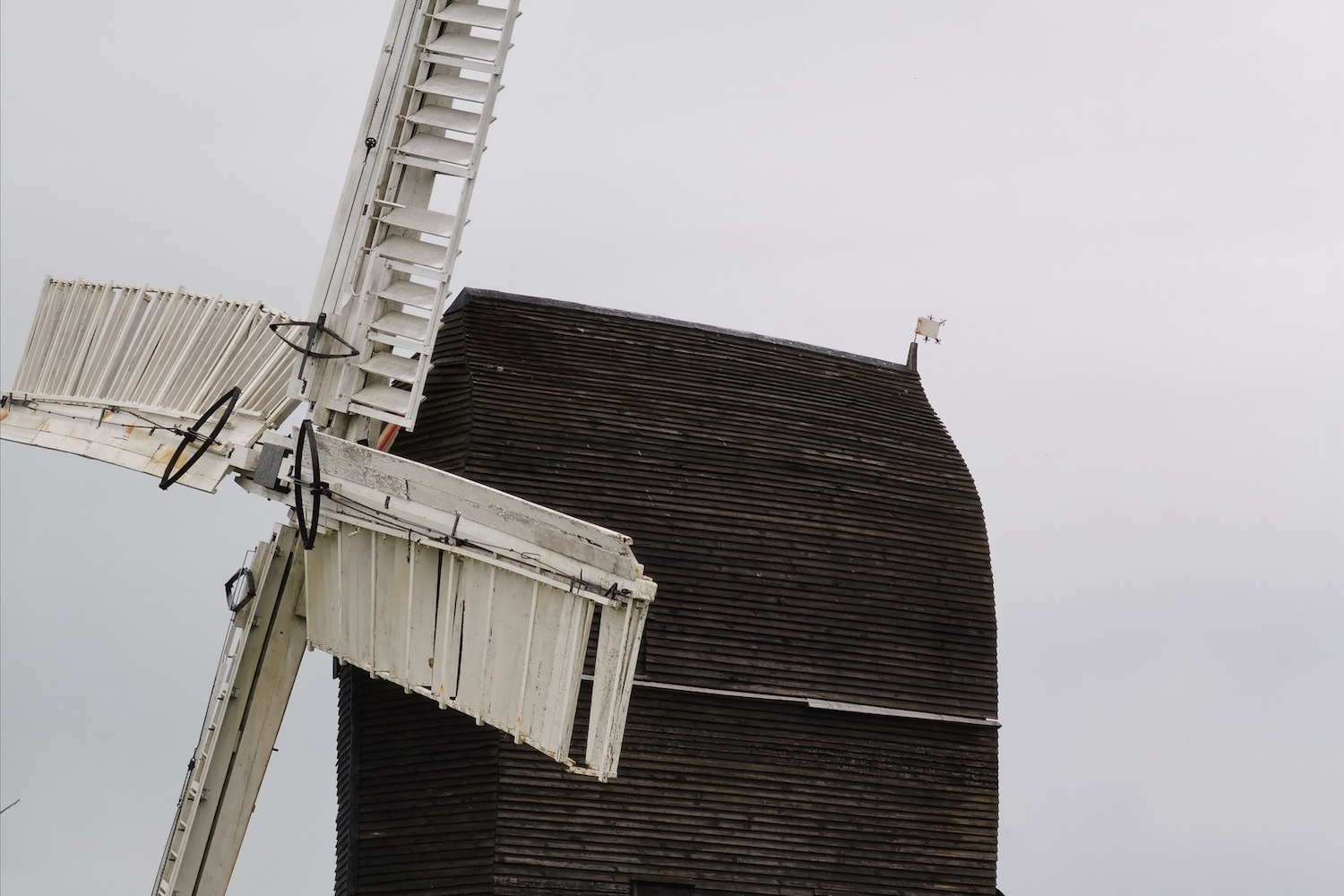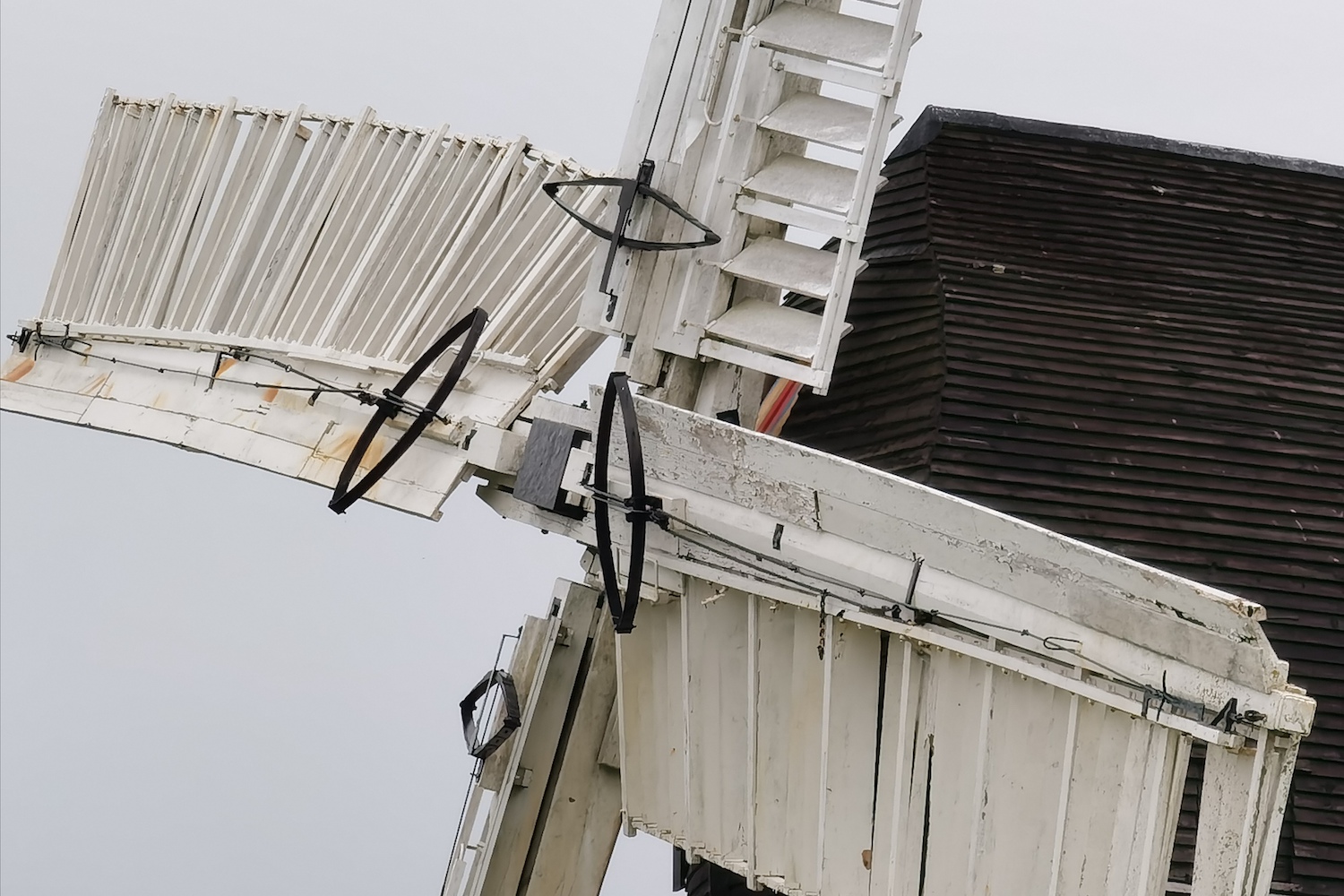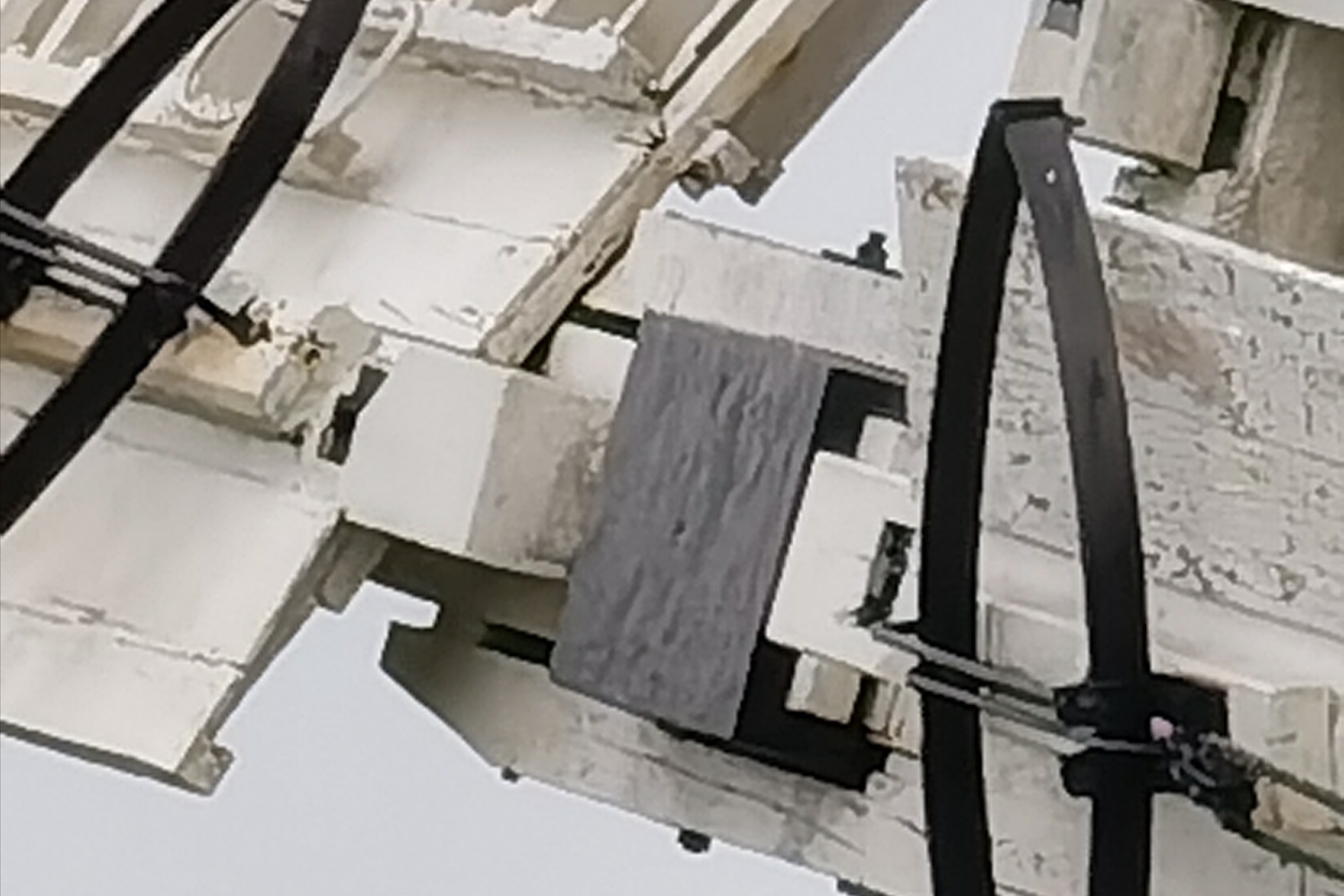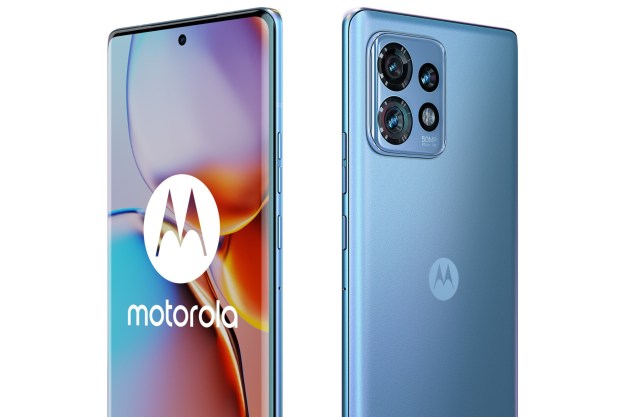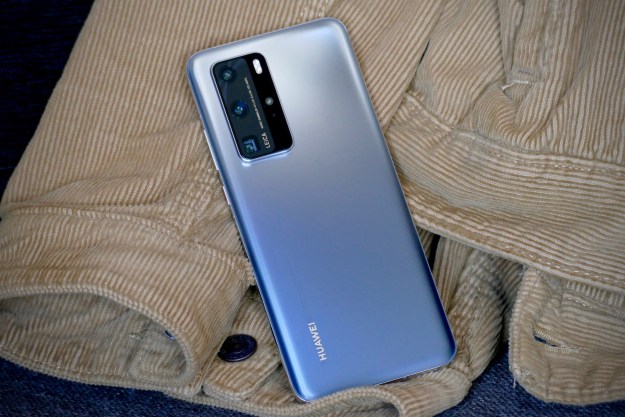
“The Huawei P40 Pro has the best camera in the business, but many will find getting the apps they need quite difficult.”
- Superb design and comfort
- Sublime OLED screen with 90Hz refresh rate
- Brilliant, versatile camera
- Long battery life
- No Google services or apps
- Audio isn't great
There’s risk in everything. From climbing mountains, crossing the street, to buying a used car, some decisions could end up going either way, good or bad. Many times, taking the risk pays off, and we’re better people for it.
It’s an analogy that fits the Huawei P40 Pro. Buying it means cutting off your ties with Google and trying something different.
I’ve spent several weeks with the Huawei P40 Pro. Here’s what happened when I took the risk.
Design
This phone is beautiful. Having spent the last weeks juggling the Samsung Galaxy S20 Plus, the OnePlus 8 Pro, and various other modern smartphones, the Huawei P40 Pro stands above them all in terms of spot-on styling, a clear identity, and sensibly made design choices.
The greatest is the choice of frosted, matte-finish glass on the back. Yes, the OnePlus 8 has something like it, as does the Xiaomi Mi 10 Pro, but they don’t look as fabulous as the P40 Pro.

My favorite part? The way the Huawei logo reflects deep into the glass. The curved sides of the body catch the light, and the frosted silver color seen here morphs between blue, gray, white, and silver.
The elegance is blighted by the monster camera bump, which gives the Samsung Galaxy S20 Ultra a run for its money in the “it’s how big?” stakes. It protrudes by a few millimeters, and although the lenses and sensors are neatly arranged, it draws the eye away from the simple beauty of the frosted glass.
It’s one of the most comfortable phones I’ve held. It’s not sharp along the sides, and all the corners are rounded to ensure they don’t dig into your palm, but the real triumph is the rounded glass at the bottom of the screen. Swipe-based gesture controls mean you’re always swiping up from the bottom of the phone, and this is a tactile nightmare when there’s a bezel, ridge, or sharp edge there. On the P40 Pro, there is nothing but a cascading piece of glass, smoothing your finger’s progress up the screen.

It makes the P40 Pro genuinely feel different from all other Android smartphones you can buy today. Only the Apple iPhone 11 Pro can match the P40 Pro’s ergonomics.
On a less positive note, the P40 Pro is chunky — admittedly due to the camera sensors and battery capacity — at 9mm thick and a sizable 209 grams. Although hefty, it’s well balanced, and many other big phones this year are even heavier. For comparison, the Galaxy S20 Ultra weighs 222 grams and is 8.8mm thick, while the iPhone 11 Pro Max is 226 grams and 8mm thick.
Yes, the P40 Pro is a little slippery down the edges. Outside of this, the P40 Pro is expertly designed, has genuine stylistic flair, and manages to disguise some of its weight.
Display quality, security
A 6.58-inch OLED screen sits on the front of the P40 Pro. It has a 2640 x 1200 pixel resolution and a 90Hz refresh rate. There is an in-display fingerprint sensor, and face unlock, too. There is a very slim border around the display, and a slight curve down the sides. The dual-lens selfie camera is punched into the screen in the top left, and is perhaps three times the size of a standard single-lens, hole-punch camera. This means it takes away valuable screen space for notification icons, and is always noticeable when watching video.

How’s video? YouTube does look great, although I had to watch through the Firefox browser (no Google apps, remember?). It still supports 2160p video without issue, but features like double-tap to advance 10 seconds do not work.
Amazon Prime video can also be watched through the browser, at up to 4K resolution, as can Netflix, but the UI is not as intuitive as a native app. All look excellent, and the P40 Pro’s screen rivals the iPhone 11 Pro for detail and balance, while matching the Galaxy S20 Plus for vibrance. It’s lovely.
Sadly, the sublime viewing experience is lessened by the audio. I encountered the same issue with the Huawei Mate Xs, a device even more video-focused than the P40 Pro. There’s a single main speaker on the bottom of the phone, and it’s rather tinny and uninspiring, something not helped by the sound being biased to the right of the phone. When the screen looks as good as it does, the underwhelming audio stands out even more, especially when the competing Oppo Find X2 Pro manages to get both aspects exactly right.

The fingerprint sensor is set high up on the screen, making it easier to locate comfortably when holding the phone with one hand, although it was not quite as reliable as some others I’ve used, including the physical button on the Apple iPhone SE. Face unlock is excellent, and usually beat me to the fingerprint sensor anyway, plus I like the way it keeps the screen active when you’re looking at it too.
Camera performance
The P40 Pro’s standout feature is the camera. The P30 Pro’s camera is a hard act to follow, but the P40 Pro is definitely up to the task. A 50-megapixel, 1/1.28-inch sensor is the headline grabber, followed by a 40-megapixel ultrawide-angle sensor, and a 12-megapixel telephoto camera. Finally, there is a 3D Depth sensor. The telephoto camera enables a 5x optical zoom and a 10x hybrid zoom, and a 50x digital zoom.
Extras include optical and artificial intelligence-driven image stabilization, 4K video at 60 fps, and Huawei’s upgraded XD Fusion image signal processor. Plus, Huawei has again worked with Leica to produce the camera on the P40 Pro.

The P40 Pro has a mighty zoom ability. Everyone else is simply following in Huawei’s wake here, right up to the maximum 50x digital zoom. The app prompts you to use the 5x and 10x zooms, and there isn’t much difference in quality between shots you take with either. This is a testament to Huawei’s superb A.I. and camera tuning.
In reality, this means you can confidently use the 5x and 10x zoom without questioning whether the results will be decent. Huawei’s A.I. then works wonders with 50x zoom. No, you won’t want to share the photos taken at this level of magnification very often, but it’s impossible to deny how good it is, compared to the disastrous shots taken with even moderate zooms just a few years ago. The stabilization at long zoom is excellent, keeping the subject in the viewfinder with only a little movement on-screen.
I’m also impressed by the P40 Pro’s bokeh — both artificial bokeh mode in Aperture or Portrait mode, or natural bokeh generated by the large sensor. Using the artificial modes, edge recognition is great, and in normal mode, you can also get close up to small items, such as flowers, and get a strong natural bokeh effect. I’m also happy there is a standalone monochrome mode to give your photos that atmospheric Leica look.
What about night mode? A mainstay of Huawei cameras for several years, it’s not the mainstay mode for night shots here, because the standard camera is so incredibly good on its own. You have to experiment with the camera, as sometimes Night mode will take a brighter, more detailed picture, but often just leaving it in normal mode produces startlingly good low-light images.
All this is before you dig into the video, where not only can you shoot in wide-angle and zoom, but also 4K resolution at 60 fps, and in slow-motion to 7,860 fps. Stabilization is excellent, the colors are vivid, and there is an extensive video editing mode built into the standard Gallery app.
Is there anything bad about the P40 Pro’s camera? Shots taken with different lenses do look different, with exposure, color balance, and atmosphere varying in a scene depending on whether you take the photo with the wide-angle or standard lens. It’s not unique to the Huawei phone though, as this happens on all multi-lens smartphones.
I find it hard to fault otherwise, as tiny inconsistencies in dynamics and colors won’t be noticed by most people. It’s the new smartphone camera to beat.
Software
You want the camera, right? Of course you do. But to get it, you’ll have to make some compromises.
The Huawei P40 Pro does not have Google Mobile Services (GMS) installed, which means no Google Play, Google Pay, Google Maps, or any other Google-backed app or service. Instead, the phone uses Huawei Mobile Services (HMS) and the Huawei App Gallery app store, all built on Android 10 with Huawei’s own EMUI 10.1 user interface over the top.

If you’ve used the Mate 30 Pro, the P30 Pro, or earlier phones like the P20 Pro, the software will be familiar territory. Huawei either lets you hide apps in an app drawer, or spread them across multiple home screens. There’s a great dark mode, and a wealth of great Huawei apps in place of Google’s apps. Huawei’s email client and calendar are both excellent, for example, as is Huawei Health’s fitness tracking app.
Using the P40 Pro is very fluid, speedy, and simple. Huawei has refined EMUI to the point where it’s close enough to standard Android that it doesn’t require much learning for newcomers, yet it’s still very obviously Huawei’s own overall experience in terms of design. I didn’t come across any of the annoyances I encountered on the Huawei Mate Xs, and found the P40 Pro’s software polished and reliable.

However, the App Gallery does not fulfill all my app needs, and it may not fulfill all yours either. I’ve gone into detail about what was missing and why it impacted me when I used the Mate Xs, and the situation is essentially the same on the P40 Pro.
There is good news. Maps is now officially available in the App Gallery and is a great alternative to Google Maps, even if you can’t easily import all your saved places from Google’s app. The navigation is effective, although I have not been able to test it out much yet due to movement restrictions. The swipe-in news feed on the home screen has links that don’t just go to sites behind a paywall, increasing its usefulness immensely.
By using the Phone Clone app, the Amazon App Store, and some APK files to install the majority of my required apps, the P40 Pro is entirely usable for those who are not deep into Google’s ecosystem. But this is still where the problem lies.
I can’t easily access my files on Google Drive, making importing/backing up WhatsApp and Line conversations impossible. I can’t use Google Pay, my Google smart home devices can’t be controlled through an app, and my subscription to YouTube Premium is less enjoyable when I’m forced to use the browser to access the site. Using the browser as a replacement for apps, in general, isn’t the greatest experience, but it’s something you have to get used to on the P40 Pro.

I do question some choices made by Huawei’s app ecosystem. Upon opening the app store I’m often greeted by an ad that can’t be skipped for a few seconds, which I find unacceptable. Opening the music or video app takes me directly to the new Huawei content stores, pushing me into the pay areas, rather than immediately to my own stored files. Huawei’s still going through a learning process and is finding its feet, but these actions won’t help to smooth out the transition to the App Gallery and HMS for many.
There’s a further problem with the haphazard way of installing apps outside of the App Gallery, and that’s with notifications. Twitter and Instagram, for example, are installed through Amazon’s App Store, and the arrival of notifications is spotty. Then there is updating apps, which isn’t automatic when they come from multiple sources, and I have security concerns when installing apps from unofficial sources. All this makes using the phone more time-consuming and awkward than many will prefer.
Bottom line? If you use Google’s services every day or rely on certain apps that aren’t available through the App Gallery, you will encounter some problems changing over to the P40 Pro. If Google isn’t essential to your mobile life, and your apps are readily available from Huawei’s app store, then the P40 Pro will be easier to live with. Huawei is confident the App Gallery will improve in the future, but we can only assess the app situation as it stands today.
The software, or more specifically the app store and availability of apps, is the risk in purchasing and using the Huawei P40 Pro daily.
Performance and battery life
Huawei’s own Kirin 990 processor, an octa-core chip based on the ARM Cortex A76 architecture with a separate Neural Processing Unit (NPU) for artificial intelligence duties, is inside the P40 Pro. It also has a built-in 5G modem, rather than a separate modem, for improved reception and efficiency. Due to movement restrictions I have not been able to test the 5G connection on the P40 Pro, but found it was excellent on the Mate Xs. It has 8GB of RAM and 256GB of storage space.

There’s a healthy selection of games in the App Gallery, depending on your tastes. Asphalt 9 is available, and plays faultlessly in High Quality display and performance mode. Games can also be downloaded from the Amazon App Store, and although the ones I tried played perfectly, I did find the dual-lens selfie camera interfered with the interface by obscuring buttons on the screen. Benchmark tests downloaded as APK files returned these results:
3DMark Sling Shot Extreme: 5,303 (Vulkan)
Geekbench 5: 755 Single Core/2,993 Multi Core
These scores are well below the Oppo Find X2 Pro, which has a Qualcomm Snapdragon 865 inside, and can’t match the Exynos 990-powered Samsung Galaxy S20 Plus either. Because the apps had to be installed outside of an official store, there may have been compatibility issues affecting the scores, as there was no evidence of slowness during my time with the phone.

Battery life is great, just like you’d expect from a Huawei P-Series device, and the 4,200mAh cell lasts two days without a problem. It has both fast wired charging, which took an hour and 10 minutes to take the battery from 5% to full, and fast wireless charging too.
Price, warranty, and availability
The Huawei P40 Pro is available to buy in the United Kingdom now through Huawei’s own site and Carphone Warehouse, but has not been officially released in the U.S., but could be sourced as an import. It costs 900 British pounds, which converts to around $1,120. Huawei provides a two-year warranty on its phones in the U.K., covering manufacturing defects.
Our take
The Huawei P40 Pro has fabulous hardware and a dreamy camera, with a long-lasting battery to ensure you get the most from both. You are going to have to compromise on the software, which through no fault of Huawei’s, does not come with the Google Play Store. This means you may have to find new ways of working and communicating to enjoy what the P40 Pro has to offer.
Is there a better alternative?
Yes. Let’s start with Huawei’s own alternative, the P40 Pro Plus, which will launch sometime in June or soon after. The camera promises to be even better, as it has a cutting-edge 10x optical zoom among other features, so if you’re happy to embrace the Google-less life, it may be worth waiting to get the very best model in the P40 family to do so.
Otherwise, if you’re spending $1,000 to $1,100 your decision should include the $1,000 or 1,000-British pound Apple iPhone 11 Pro, the $1,200 or 1,000-pound Samsung Galaxy S20 Plus, the $1,300 or 1,100-pound Oppo Find X2 Pro, or the $900 or 800 British pound OnePlus 8 Pro. All of these phones have excellent cameras and stunning screens, along with better access to all the apps you could want.
You could even turn back the clock and find Huawei’s 2019 flagship the P30 Pro, which is still excellent today, costs less, and has Google Mobile Services installed.
How long will it last?
The P40 Pro has an IP68 water resistance rating, but isn’t an especially durable as it’s made from glass. A case is recommended to keep it safe. The hardware itself will be fresh for years to come, and certainly won’t be lacking in ability. Interestingly, there’s a strong chance the App Gallery — which is the P40 Pro’s biggest downside today — will get better over time too, providing more apps that we want.
Should you buy one?
No. It’s with a heavy heart I say this, because there is a lot to love about the Huawei P40 Pro. However, for the majority of people, access to apps is too restricted at this time.
Editors' Recommendations
- The best iPhone 15 Pro Max cases in 2024: the 20 best ones
- The best iPhone 14 Pro Max cases in 2024: top 17 you can buy
- Best Google Pixel 8 Pro deals: Save $1,000 on the best Pixel phone
- The best iPhone 15 Pro screen protectors in 2023: our 8 favorites
- The best camera phones in 2023: our top 9 photography picks


